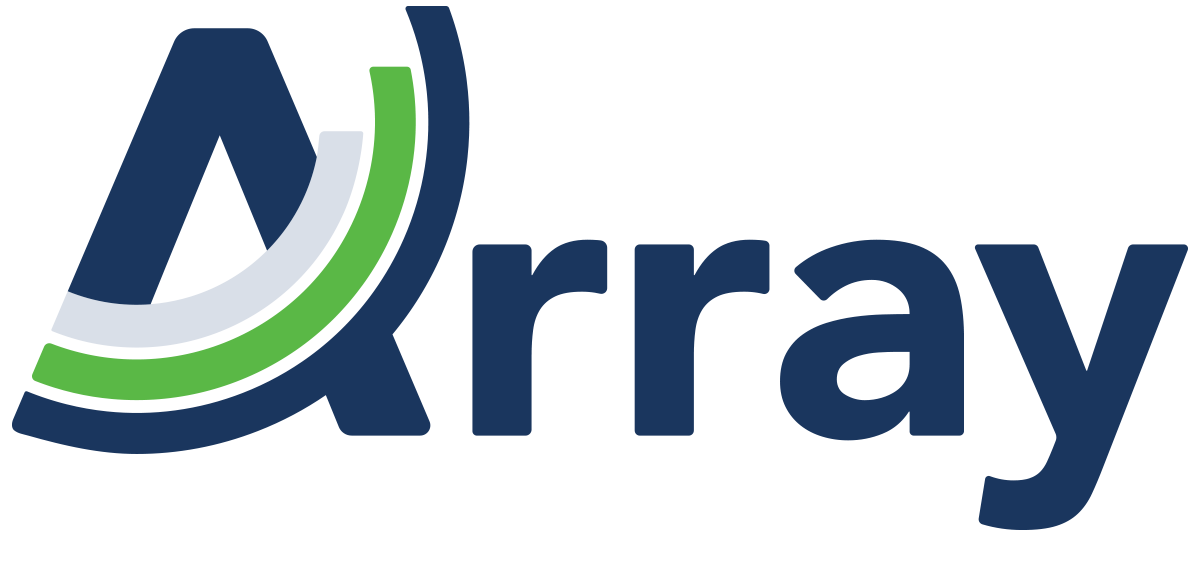Every week, the Array team reviews the latest news and analysis about the evolving field of eDiscovery to bring you the topics and trends you need to know. This week’s post covers the period of October 7-13. Here’s what’s happening.
Best practices for using Rule 502(d)
Rule 502(d) can be an effective way for parties to protect themselves against inadvertent disclosure during discovery, especially compared to 502(b)’s three-part test for clawing back evidence. Under 502(d) a federal court can order that any information disclosed in connection with pending litigation doesn’t waive privilege or protection. Nor is protection waived in any other state or federal proceeding.
While parties still need to guard against disclosing privileged documents, 502(d) reduces the potential damage of an accidental release. It could also prevent delays in a case because parties aren’t fighting over clawback requests.
But there might be ways to make 502(d) even more effective. In a post at eDiscovery Assistant, Kelly Twigger highlights a few lessons from multidistrict litigation involving TikTok where the plaintiffs and defendants agreed to use 502(d). The federal order included some additional language:
- The order specifically lists the types of evidence that would fall under 502(d) without limiting the covered information to what’s actually in the list.
- The order explicitly states that Rule 502(b) doesn’t apply to this case, preventing any future debates.
- The order says it can be updated if both sides agree, and it includes a process for handling the clawback of privileged documents.
Twigger suggests the order might be even better if it included an obligation for a receiving party to alert the producer if any possibly privileged information was shared. Overall, though, she recommends that counsel use the order as a model — not copying it but adapting its larger lessons to their particular case.
The case is another reminder of the importance of thinking through the discovery process in advance, specifically when it comes to protecting privileged data. More work and preparation upfront can prevent a lot of headaches later.
eDiscovery and the Internet of Things
Internet of Things (IoT) devices (“smart objects” that are connected to the internet and can exchange data with other devices and systems) generate tremendous amounts of data, and that information could be extremely useful in certain cases. At the New York State Bar Association’s site, Alexander Paykin explains some of the benefits and challenges of IoT data.
Building sensors, security cameras, temperature controls, supply chain tracking and other IoT devices gather data that, when analyzed, offer detailed insights into specific operations. Paykin gives another example: IoT-connected manufacturing equipment could provide information that’s useful in product liability cases.
But IoT data can be tricky. Many of those devices have limited storage, so data is often overwritten if it isn’t transferred to a long-term storage solution.Further, exporting that data in a usable format for eDiscovery can be challenging. Counsel may also face resistance in getting it admitted as evidence.
Smart organizations should be thinking about preservation, retention and use of IoT data before it becomes an issue. Having a discussion with your eDiscovery consultant now could put you in a better position if you ever face litigation where IoT devices are a factor.
Other recent eDiscovery news and headlines:
- Legal Professionals Should Embrace Generative AI Now and Join a New Era of Co-Intelligence (EDRM Blog)
- GenAI and Its Implications on the Legal Field (Vanderbilt University Law School)
- Most Legal Professionals Say They Have Adopted Some AI (Law360)
Julia Helmer; Director, Client Solutions
With more than 15 years of expertise, Julia excels at optimizing enterprise eDiscovery workflows from start to finish. With a deep understanding of how to seamlessly integrate workflows across various eDiscovery platforms, Julia creates tailored solutions for data identification, legal holds, ESI collections, and productions. By harnessing the power of Technology Assisted Review and Analytics, she delivers efficient, cost-effective results that align with best practices and budgetary constraints. Julia’s exceptional communication and customer service skills have fostered strong, lasting relationships with both clients and Project Management teams, enabling her to effectively problem-solve and drive success across numerous projects.

